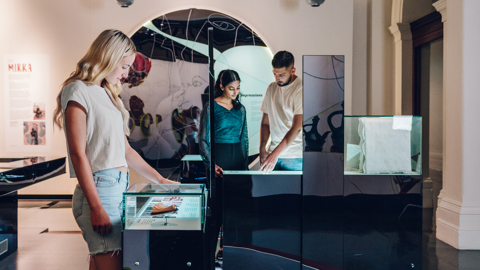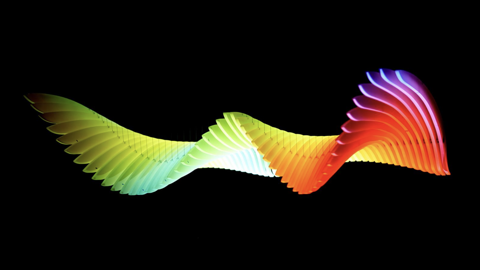Taxonomic revision of the Australian native bee subgenus Australictus (Hymenoptera: Halictidae: Halictini: genus Lasioglossum) – “Wood-Splitting Axe Bees”
Memoirs of Museum Victoria Vol 81 p. 135–162 (2022)
Abstract
The Australian Lasioglossum Curtis 1833 subgenus Australictus Michener 1965 is revised.
Of the 11 available names listed by Michener (1965) for the subgenus Australictus, six are placed in synonymy. A species placed by Michener (1965) in the Lasioglossum subgenus Parasphecodes Smith 1853 is recombined to the subgenus Australictus, and four other species, placed in Parasphecodes by Michener (1965), are synonymised with this valid, recombined taxon, and the species name of the taxon is reverted to its original spelling. In addition, a species placed in Australictus by Michener (1965) is synonymised with a valid species in the Lasioglossum subgenus Chilalictus Michener 1965. These changes provide five valid names for the subgenus Australictus.
New synonymies, recombined names and valid species proposed for Lasioglossum (Australictus) are as follows:
New synonymies – Lasioglossum (Australictus) kurandense (Cockerell 1914) syn. nov., Lasioglossum (Australictus) nigroscopaceum (Friese 1917) syn. by Cockerell 1929 but listed by Michener (1965: 165) as valid = Lasioglossum (Australictus) davide (Cockerell 1910a); Lasioglossum (Australictus) insculptum (Cockerell 1918) syn. nov., Lasioglossum (Australictus) rufitarsum (Rayment 1929) syn. nov. and Lasioglossum (Australictus) fulvofasciae Michener 1965 syn. nov. = Lasioglossum (Australictus) tertium (Dalla Torre 1896); Lasioglossum (Australictus) franki (Friese 1924) syn. nov. = Lasioglossum (Chilalictus) orbatum (Smith 1853). New combination and new synonymies – Lasioglossum (Parasphecodes) lithuscum (Smith 1853) comb. nov. moved to Lasioglossum (Australictus) lithusca; Lasioglossum (Parasphecodes) adelaidae (Cockerell 1905) syn. nov., Lasioglossum (Parasphecodes) griseipenne (Cockerell 1929) syn. nov., Lasioglossum (Parasphecodes) stuchilum (Smith 1853) syn. nov., Lasioglossum (Parasphecodes) wellingstoni (Cockerell 1914) syn. nov. = Lasioglossum (Australictus) lithusca. Valid is Lasioglossum (Australictus) plorator (Cockerell 1910b).
New female subgeneric mandibular characters are added to Michener’s (1965) diagnostics for Australictus – mandible with elongated and enlarged preapical tooth, reduction in width of basal tooth at apical end and in dorsal view, broadening of width at base of mandible. The mandibular modifications, widening of the head basally and enlarged gena are associated with Australictus behaviour to nest in wood rather than ground nesting in soil as is usual for Halictidae bees. The shape of the female mandible, especially in dorsal view, resembles a wood-splitting axe – hence the common name coined here, “Wood-Splitting Axe Bees”. Australictus is the first record of wood-nesting bees for Australian Halictidae.
All valid species are redescribed; keys to both sexes, montage diagnostic images and distribution maps are provided to assist with species identification.
Citation
Walker K.L. 2022. Taxonomic revision of the Australian native bee subgenus Australictus (Hymenoptera: Halictidae: Halictini: genus Lasioglossum) – “Wood-Splitting Axe Bees”. Memoirs of Museum Victoria 81: 135–162.






